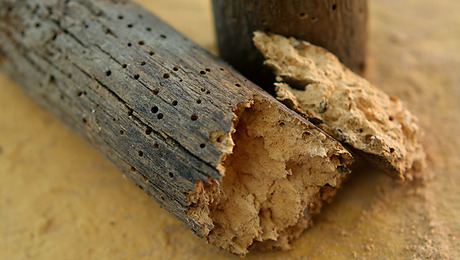*
Hello, Lurked on this board for sometime have yet to participate. I just bought an older home (1912) The original yellow pine floor is still there but is signifigantly out of whack, uneven, wavy, and areas in terrible disrepair due to past electrical and plumbing fixes and installs. The home was jacked up and shored up structually in mid eighties. Does not appear to have moved since. I have had contractor opinions that range from carpet over it to leave it as is, it adds character. I have decided to remove it and level the floor and carpet/tile/reinstall. I started the removal and am having a difficult time saving the tongue and grooves. I was hoping for tips in the removal so I can save as much of the wood as possible. I was hoping to keep it as flooring not eventually tun it into molding.
I hope I included enough info.
Thanks, Lou


















Replies
*
Lou, any chance you can slide a sawzall blade under it? The kinda house you describe surely has a sawzall in the cupboard. Joe H
*Lou - The jacking and shoring may have warped the floor more than anything else. That means the joists and subfloor may be all out-of-whack too. This could turn out to be a much more major project than you think.Professionally, not too many people would do this due to the impracticality of the excessive labor vs. the cost of new wood, even antique recycled heart pine (at $7-15/SF). But if you do mash up some of the tongue, you can trim it flush in damaged areas with a router or planer and keep going.Jeff
*Lou,Pry from the tongue side. Don't try to pry all the way but work the boards two lifts. If the nails are not cut nails a painters 5in1 will cut them with a good wack with hammer.KK
*Thanks for the tips. The subfloor, various width half inch planks, and the joists are also uneven. I was going to address the bad rooms one at a time. My plan was to attach new framing lumber to the existing joist (nail-screw-glue-lag) to put the floor on the same plane. Cover with 3/4 and add flooring. Does this sound like I am on the right track? The pine flooring is attached with cut nails except where the repairs had taken place. There just standard finish nails.
*Lou;From the tongue side a Stanley Wonderbar (the curved side)pounded (I wear ear and eye protection) into the nailed area usually will shear the nail right off. Work your way along and although you will break the bottoms of some grooves (as you pry up and out) you will have a pretty usable piece. Something we all appreciate!Regarding the method of leveling. If you're ok with that much rise; the sleepers/ 3/4 subfloor addition and the t&g will add Duh - I'm doing the math right now - Duh - what 2" or so? Consider the sleepers and leveling compound in between. Taunton Press has several good books on hardwood floors start to finish - Don Bollinger's especially.Will
*Thanks for all the tips. I was able to pull up the wood using two pry bars. I ran a circ. saw the length of one course and started there. I would wiggle one pry bar under the end of one board and that would open the seam enough to work in the other bar. I would then pry up and out. I was able to avoid damage to most of the wood although I did break off some tongue and grooves, all and all a success. Now I have to find some place to store all the wood.Thanks again, Lou
*
Hello, Lurked on this board for sometime have yet to participate. I just bought an older home (1912) The original yellow pine floor is still there but is signifigantly out of whack, uneven, wavy, and areas in terrible disrepair due to past electrical and plumbing fixes and installs. The home was jacked up and shored up structually in mid eighties. Does not appear to have moved since. I have had contractor opinions that range from carpet over it to leave it as is, it adds character. I have decided to remove it and level the floor and carpet/tile/reinstall. I started the removal and am having a difficult time saving the tongue and grooves. I was hoping for tips in the removal so I can save as much of the wood as possible. I was hoping to keep it as flooring not eventually tun it into molding.
I hope I included enough info.
Thanks, Lou